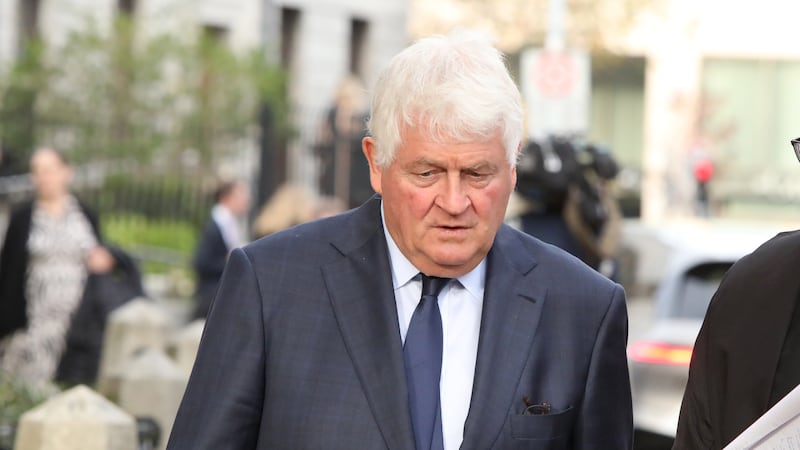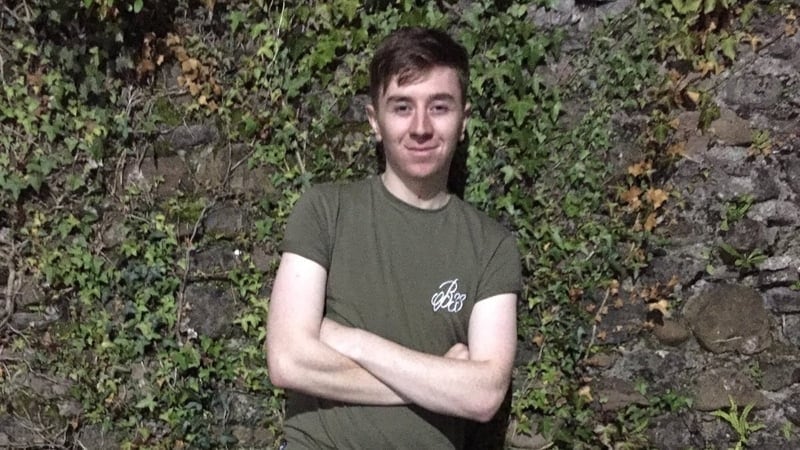Forensic experts will begin digging remote bogland in Co Meath on Wednesday where they are confident a former Cistercian monk executed by the IRA is secretly buried.
One of the so-called Disappeared, Joe Lynskey went missing from west Belfast in August 1972.
Almost 40 years later the IRA admitted abducting, killing and burying him.
Investigators working to recover the bodies of the Disappeared said they have now narrowed the search for Mr Lynskey to 15 acres of bogland at Coghalstown, Co Meath, in the Irish Republic.
But lead forensic scientist Geoff Knupfer stressed the task ahead remains difficult.
“We have good reason to believe that we are in the right area and that his remains lie somewhere in the six hectares (15 acres) site but while the terrain is not as rough as at Oristown where we found Brendan Megraw in October last year we still have a difficult and complex task ahead of us,” he said.
“We are satisfied that the time is right to bring in our team of forensic archaeologists to start the search beneath the surface.”
Contractors have been bringing equipment into the site over that last couple of days.
The Independent Commission for the Location of Victims’ Remains (ICLVR) brought in a sniffer dog late last year to help detect signs of human remains at the scene.
The commission, which was set up by the British and Irish governments in the wake of the Good Friday peace agreement, is tasked with investigating the cases of 16 people killed and secretly buried by republicans during the Troubles.
To date the remains of 10 people have been recovered.
All information passed to the body is confidential and cannot be used in criminal prosecutions.
Mr Knupfer, who also helped find the bodies of the victims of Moors murderers Ian Brady and Myra Hindley, appealed for more information on Mr Lynskey’s secret burial.
“There are people who have information who have not come to the ICLVR even though there is a guarantee of complete confidentiality,” he said.
“It would be quite wrong to think that because we have started the search for Joe Lynskey that there is no need for someone who knows something of the events in Coghalstown in 1972 to give us that information.
“It might be the key to finding his remains and returning them to his family for a Christian burial.”
The searches are being carried out close to Oristown Bog where the remains of 23-year-old Brendan Megraw were recovered last year, after four searches taking around 15 years.














